**Excited to share this Guest post by Visual materials Processing Archivist at Wilson Special Collections Library, Patrick Cullom**
Bebo White (pictured left) was a 20-year-old student at UNC Chapel Hill in 1965, when he had this image made with musicians Joan Baez and Bob Dylan. It was March 19, on the campus of NC State in Raleigh, when White and a friend managed to make their way backstage at Reynolds Coliseum, eventually finding their way into Baez and Dylan’s dressing room. There for less than 30 minutes, White was able to conduct a short interview with the duo (which he recorded), and to have a photograph (pictured above) made commemorating the meeting. He ended up creating resources documenting these two influential songwriters/musicians, in what would become an important year in the careers of both, thanks to a portable tape recorder (small enough to wear on shoulder strap under arm) and a camera packed with Polaroid “Polacolor” film. Mr. White and his cohort were equipped to document the evening with some of the most advanced tools available to them in 1965, and they did not disappoint.
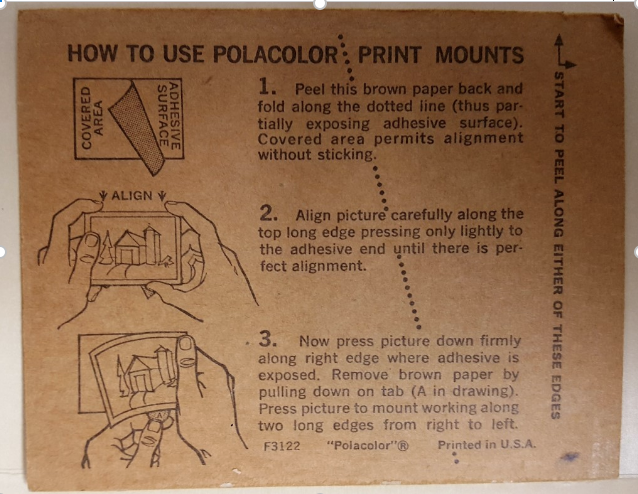
This version of Polacolor film was relatively new to the market and allowed users to create color photographic prints in a matter of minutes after taking an image. In the era of film-based photography, where 1 hour “express” processing was available (at a cost and with limited availability) this advancement provided photographers with a virtually “instant” color photographic print that could immediately be created and shared. If the camera used that night had been loaded with “traditional” roll film to make the image, neither Dylan or Baez would have likely ever seen the image. The film packs were sold with cardboard mounts that allowed users to put the newly developed print onto a more stable backer, providing both support and a surface for writing descriptions or notes. In White’s case he used the mounts to get what appear to be autographs from both musicians.
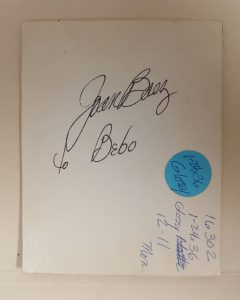
The photograph is mounted on the mount bearing Ms. Baez’s signature. In addition to the signature, the mount also has notes for a 24×36 inch print that was made after the image was taken. These Polacolor prints had some “trade-offs” for their virtually instant print capability, key among them, was no reusable negative. This meant duplicate prints could not made without producing a copy negative (photograph of a photograph) which would not be as sharp or detailed (think “resolution” or clarity) as the original.
The photograph taken that evening ends up being an extremely unique item that not only depicts White with the two musical icons, but also is an object that both Baez and Dylan viewed, commented upon, and interacted with. All of these aspects make it a one of a kind item we are thrilled to welcome into the Southern Folklife Collection, where it now resides with the other materials in the Bebo White Collection (20544).
Read more about White’s experience at the show from this 16 March 2018 News and Observer article: “2 UNC students snuck backstage at the 1965 Dylan and Baez show in Raleigh and left with an interview of a lifetime”
Learn more about Polacolor format via Graphic Atlas (Image Permanence Institute)
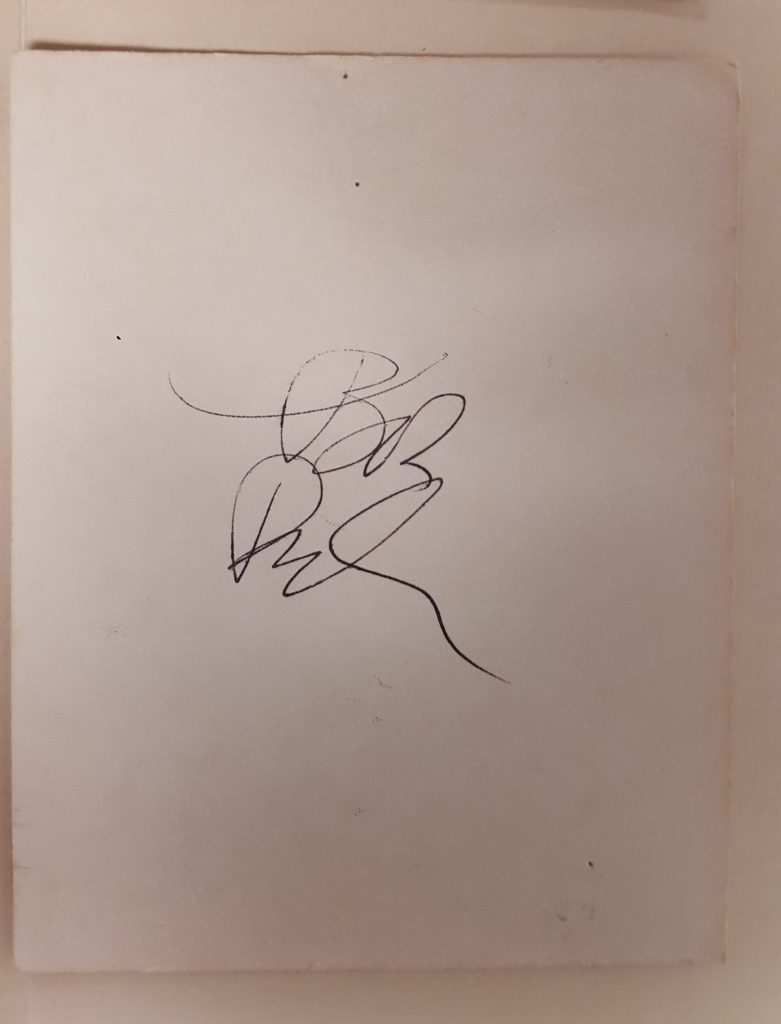

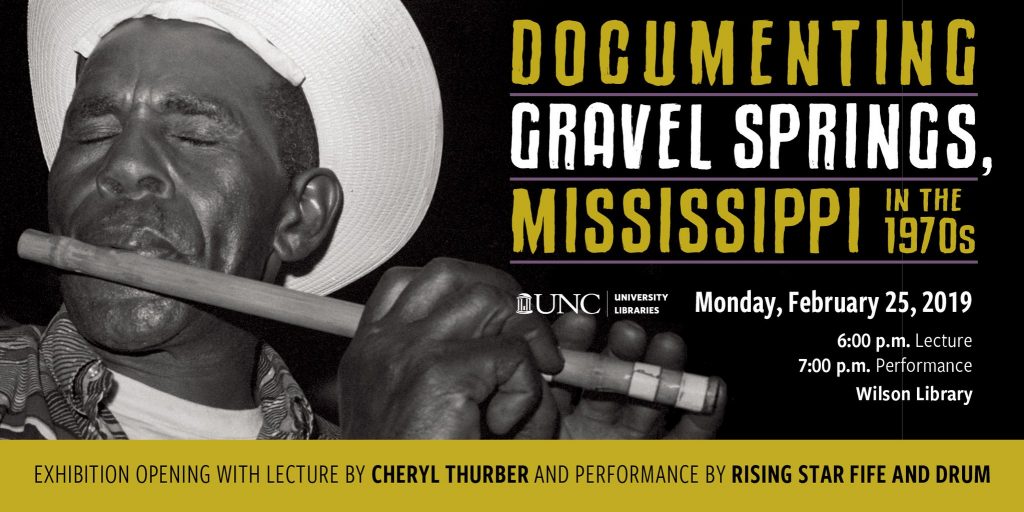

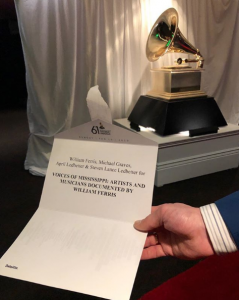


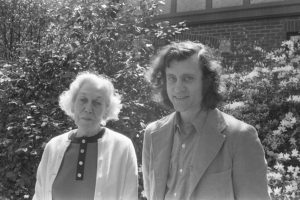



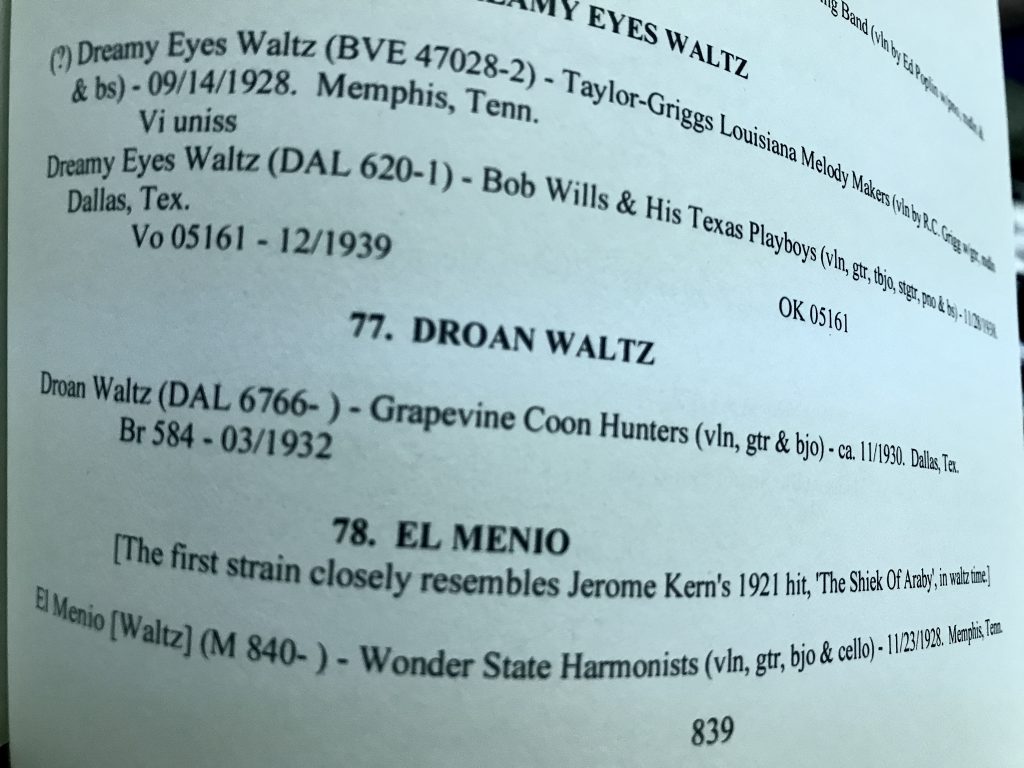
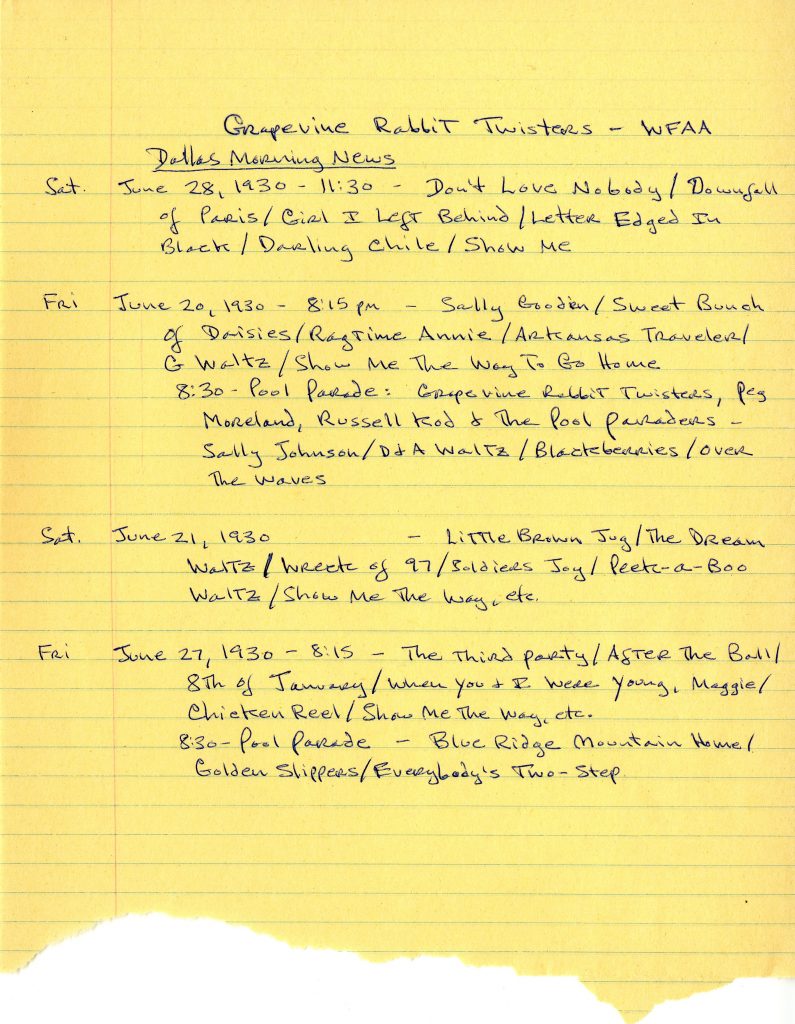
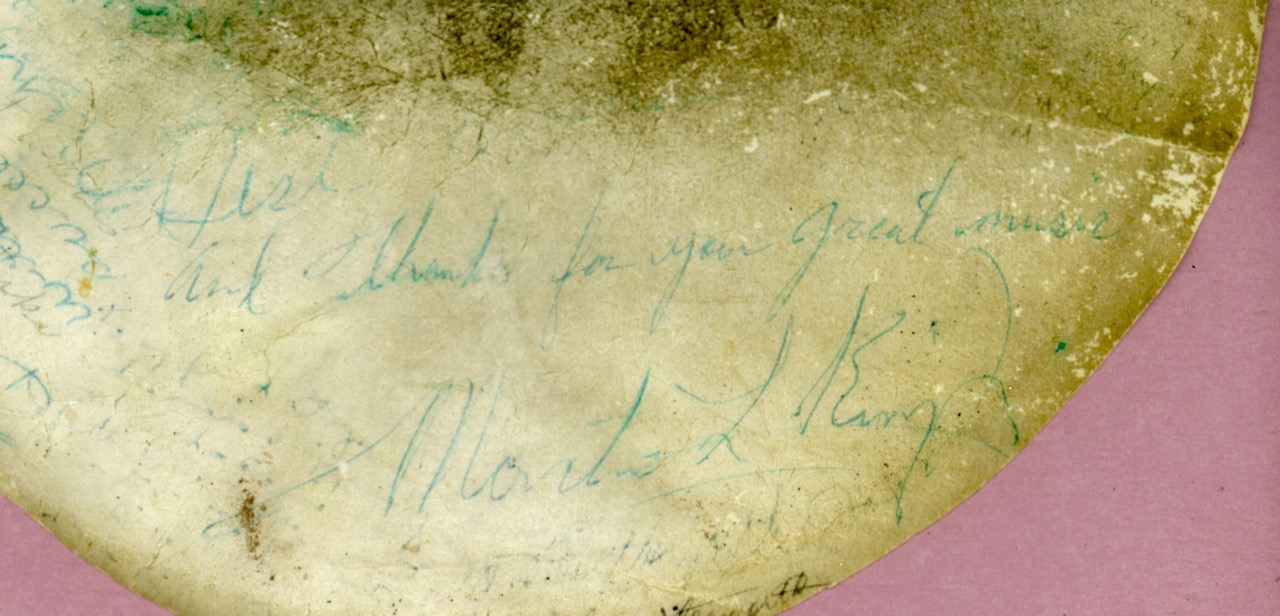
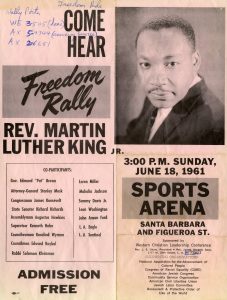
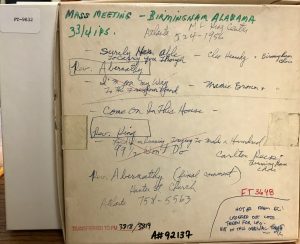
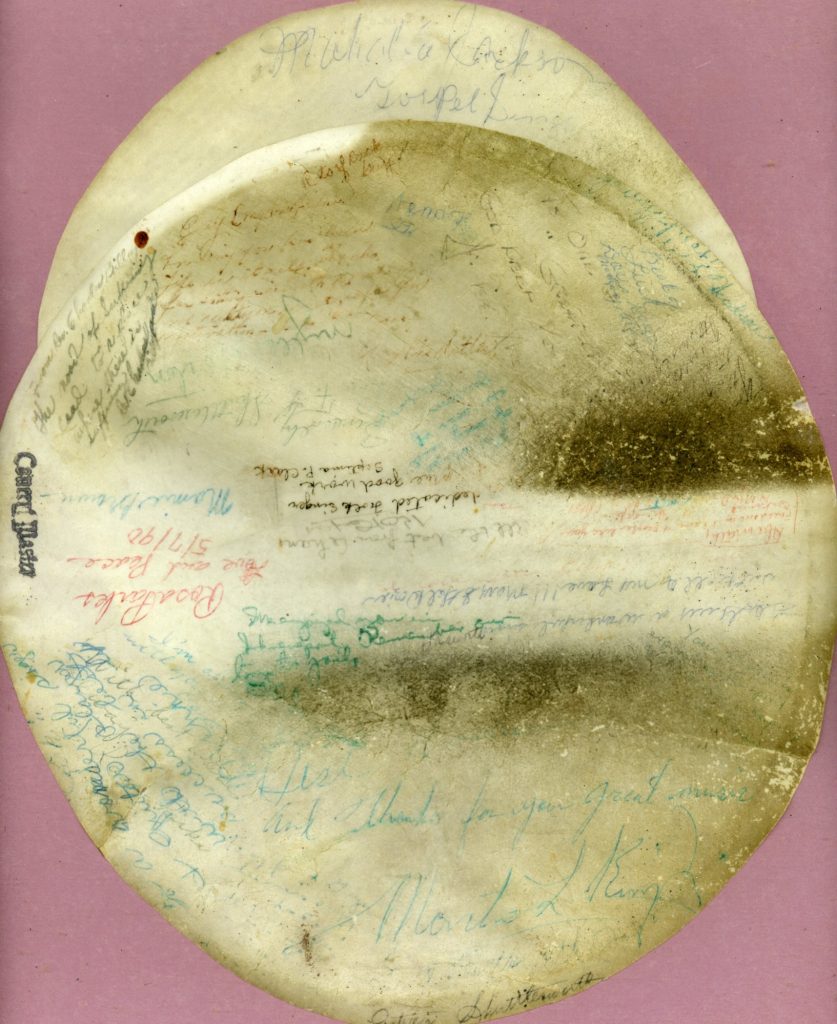
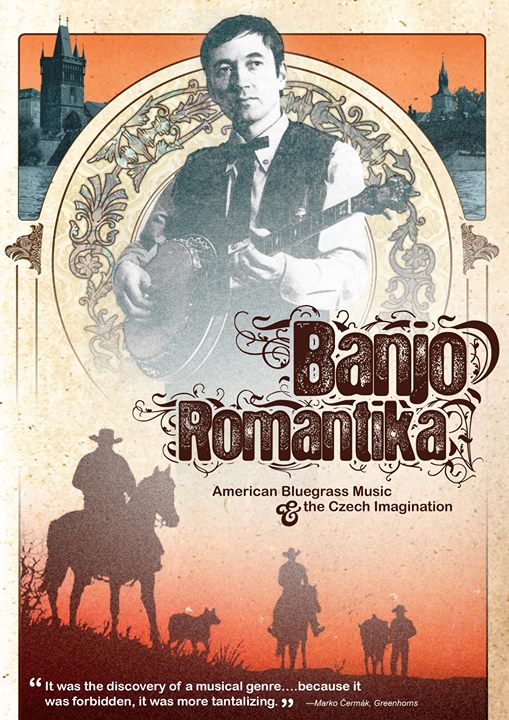
 5:30 p.m. Reception and exhibit opening
5:30 p.m. Reception and exhibit opening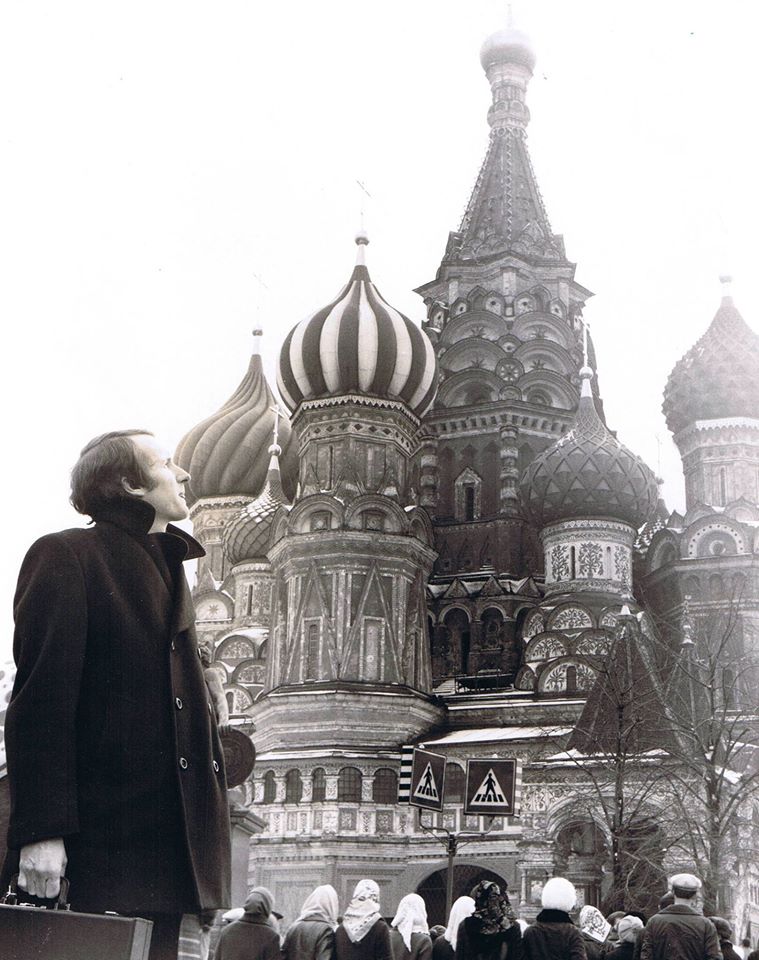
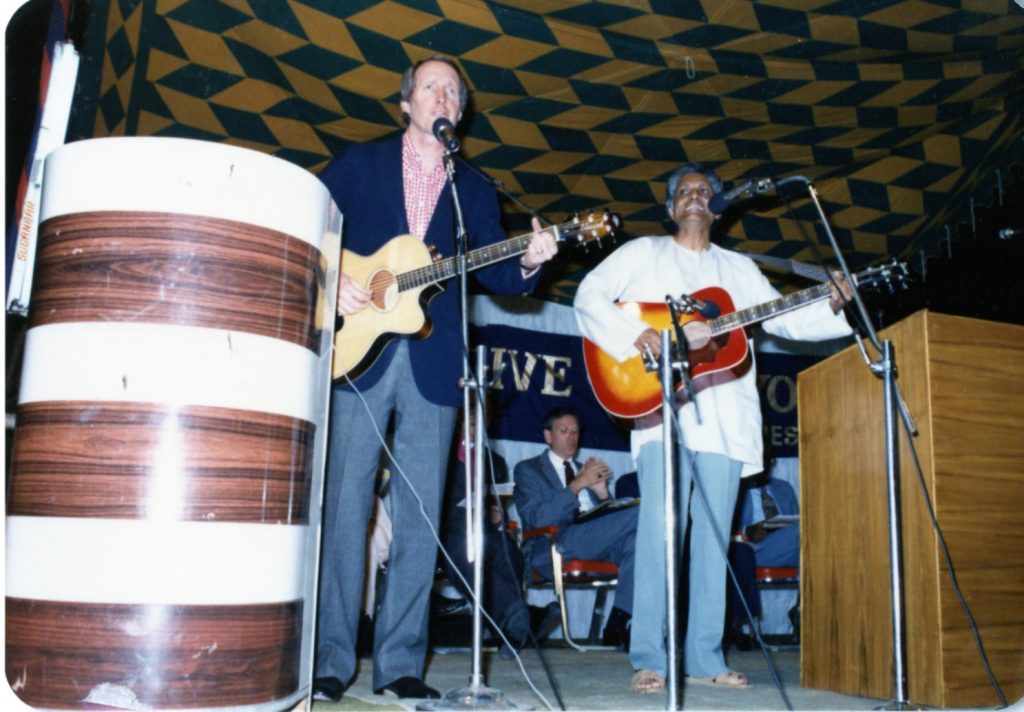

 The idea is to take a digital photograph of printed record labels, convert the images to text using optical character recognition (OCR) software, and then combine the text and images to help with workflow, discovery, and access. Crowdsourcing tags and comments may help to add even more information to the process.
The idea is to take a digital photograph of printed record labels, convert the images to text using optical character recognition (OCR) software, and then combine the text and images to help with workflow, discovery, and access. Crowdsourcing tags and comments may help to add even more information to the process.